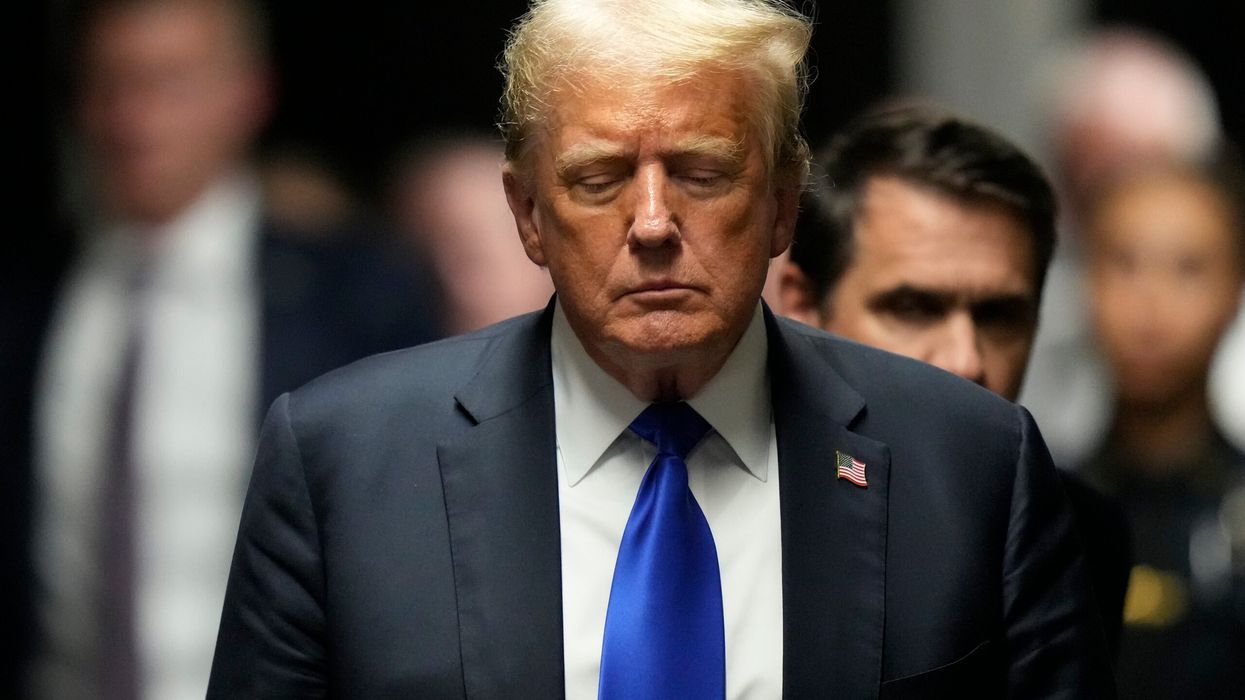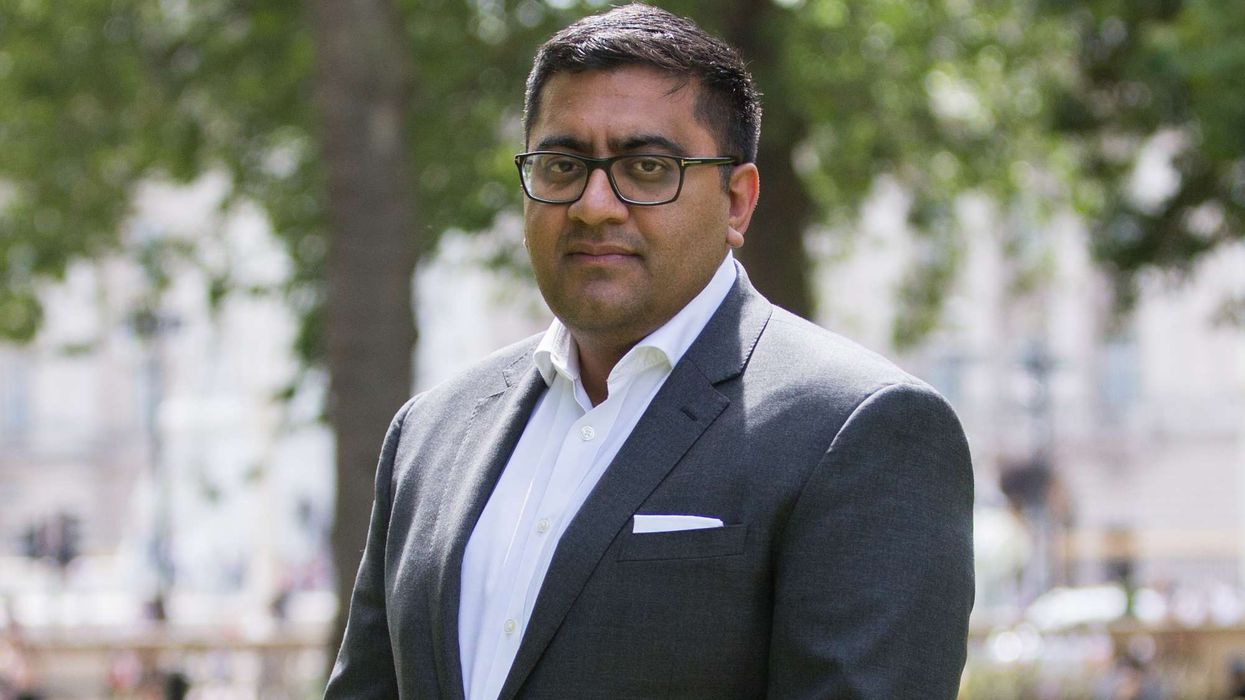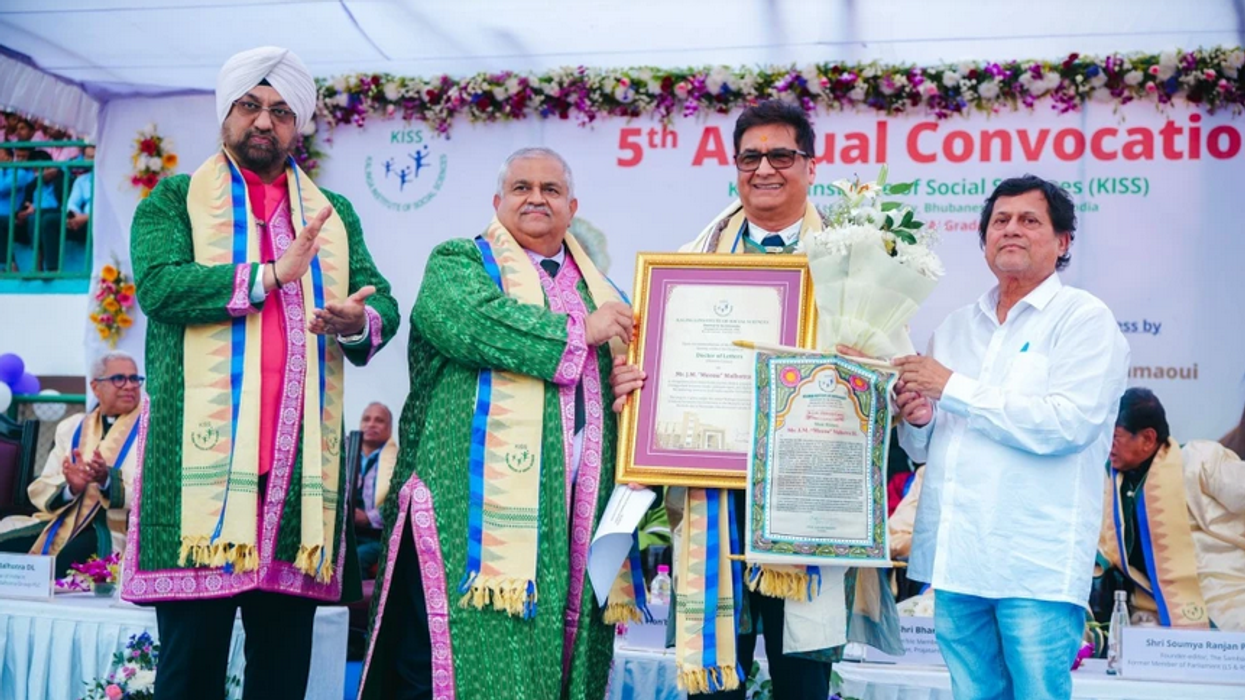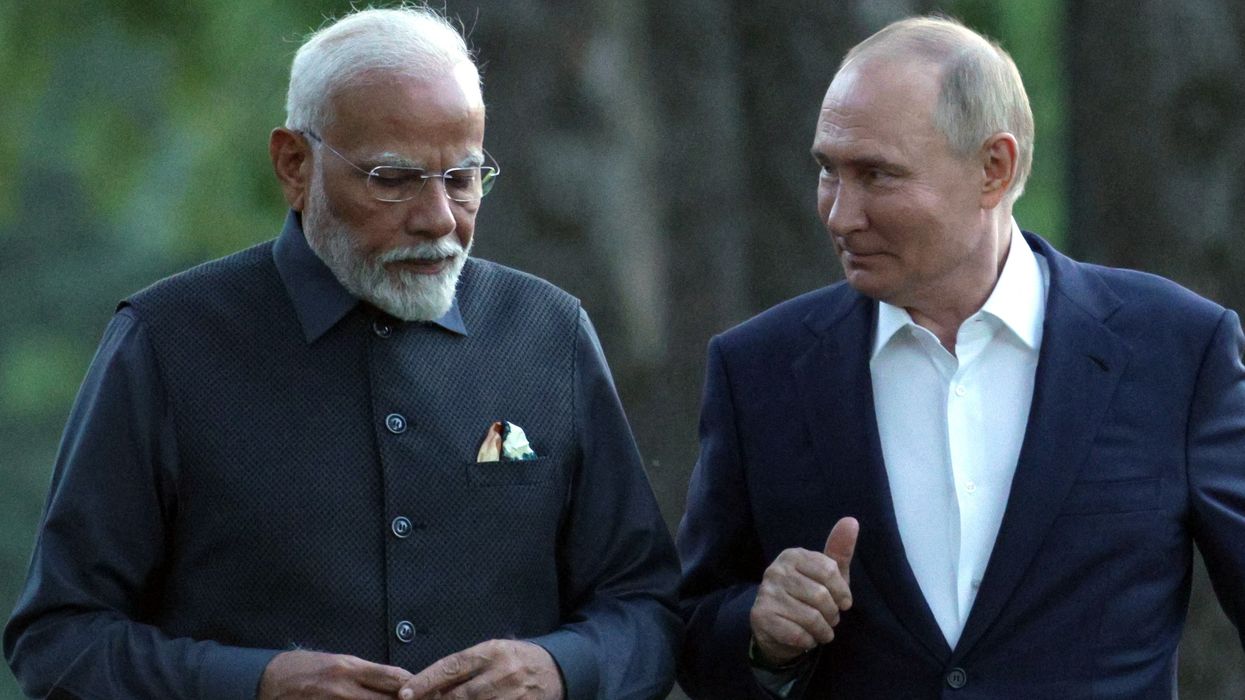A US federal court has blocked most of Donald Trump’s tariffs from taking effect, lifting markets on Thursday even as the White House filed an appeal against the ruling.
The decision is a setback for Trump as he pushes to reshape US trade relations by using tariffs to bring governments to the negotiating table.
Trump’s trade war has unsettled financial markets with the staggered introduction of import duties aimed at countries that sell more to the United States than they buy.
He argued that these trade deficits and drug inflows created a “national emergency” that justified the tariffs.
ALSO READ: India ready to cut 100 per cent tariffs; trade deal with US soon: Trump
However, the three-judge Court of International Trade found Trump had overstepped his authority and barred most of the restrictions he had announced since taking office.
The White House criticised the ruling, saying that “unelected judges” should not intervene in Trump’s trade actions.
“President Trump pledged to put America first, and the administration is committed to using every lever of executive power to address this crisis and restore American greatness,” Trump’s spokesman Kush Desai said.
Attorneys for the administration filed an appeal against the ruling on Wednesday.
Stephen Miller, one of Trump’s top aides, wrote on social media that there had been a “judicial coup” that was “out of control.”
ALSO READ: Starmer, Trump announce UK-US trade agreement
Trump announced the broad tariffs on April 2, setting a baseline of 10 per cent and introducing higher duties on dozens of economies, including China and the European Union.
The ruling also blocks the tariffs Trump imposed on Canada, Mexico and China separately under emergency powers.
The markets stabilised after Trump paused some of the larger tariffs for 90 days and suspended other duties while talks with individual countries and trade blocs were underway.
Asian markets rose after the ruling, while European and US futures also showed gains.
Japan’s trade envoy Ryosei Akazawa said as he left for more talks in Washington that Tokyo would review the ruling, after facing tariffs on cars.
‘Extraordinary threat’
The federal trade court was handling two cases brought by businesses and a group of state governments. They argued that Trump had overreached Congress’s power over public spending.
“The question in the two cases before the court is whether the International Emergency Economic Powers Act of 1977 (“IEEPA”) delegates these powers to the president in the form of authority to impose unlimited tariffs on goods from nearly every country in the world,” the three-judge panel wrote in an unsigned opinion.
“The court does not read IEEPA to confer such unbounded authority and sets aside the challenged tariffs imposed thereunder.”
The court, which hears civil trade dispute cases, said any interpretation of the IEEPA giving unlimited tariff power to the president was unconstitutional.
The IEEPA allows the president to impose necessary economic measures during an emergency “to combat an unusual and extraordinary threat,” the court said.
The ruling gave the White House 10 days to complete the administrative steps to stop the tariffs.
Gregory W Meeks, the top Democrat on the House Foreign Affairs Committee, said the decision confirmed that “these tariffs are an illegal abuse of executive power.”
“Trump’s declaration of a bogus national emergency to justify his global trade war was an absurd and unlawful use of IEEPA,” he said.
The Justice Department has defended Trump’s trade policy in court, arguing that judges have only limited authority in such matters. Critics say the administration has tried to take powers away from the other branches of government.
Trump has said that the tariffs would benefit Americans, highlighting early deals with Britain and China.
Analysts warn that the tariffs will increase costs for US consumers, driving up inflation and potentially causing the US central bank to keep interest rates higher for longer, adding more pressure on financial markets.
(With inputs from AFP)














